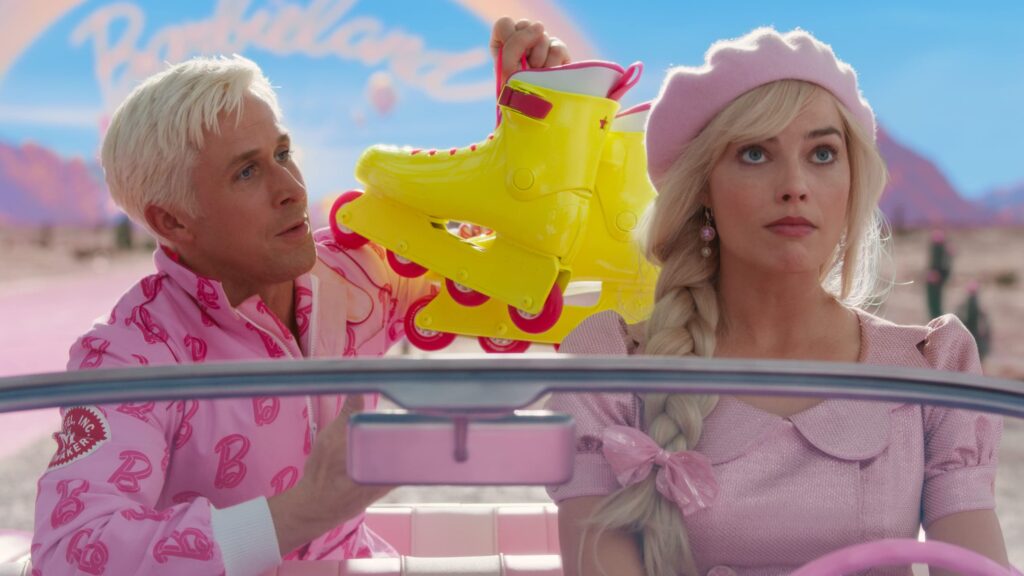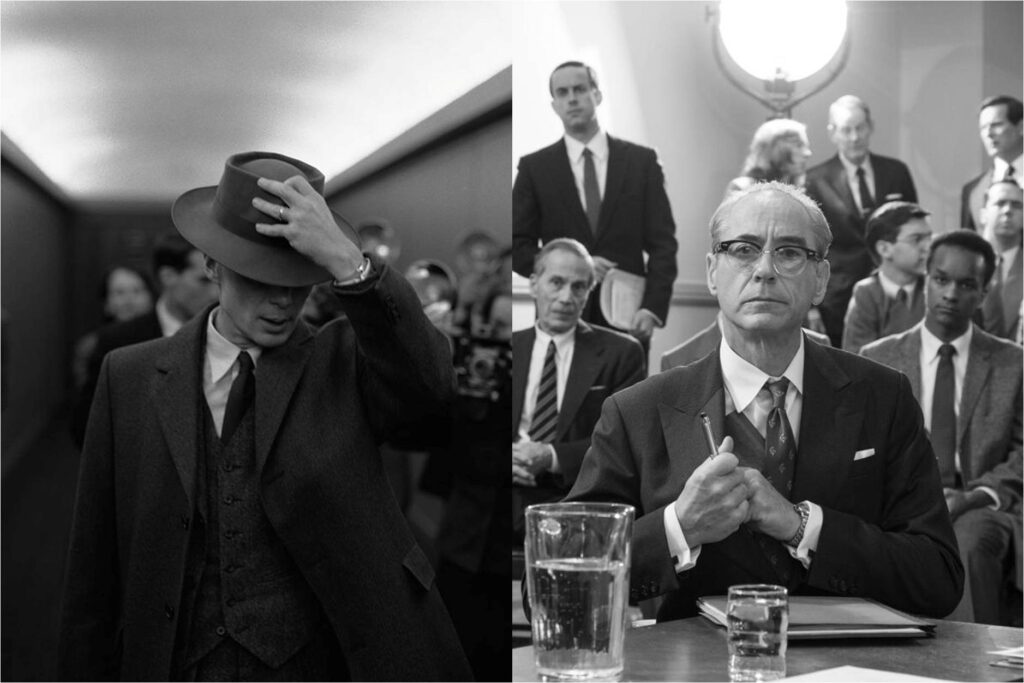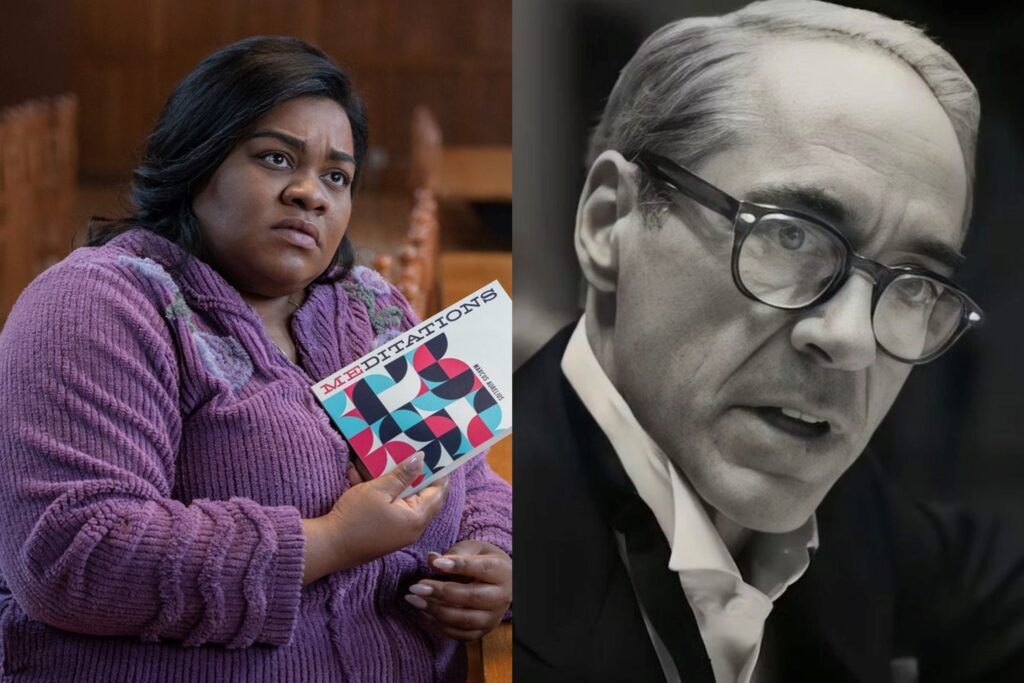Oscars 2023: Full List of Predictions

Over the past week, we’ve scoured the 20 different feature categories in competition at the 96th Academy Awards. Here, you can find our predictions (and preferences) for all of them, alphabetized by category. (To access the detailed piece discussing any particular category, click on the header link.)
Best Actor
Will win: Cillian Murphy—Oppenheimer (confidence: 3/5)
Should win: Paul Giamatti—The Holdovers
Worst omission: Joaquin Phoenix—Beau Is Afraid
Best Actress
Will win: Lily Gladstone—Killers of the Flower Moon (confidence: 1/5)
Should win: Emma Stone—Poor Things
Worst omission: Park Ji-min—Return to Seoul Read More




